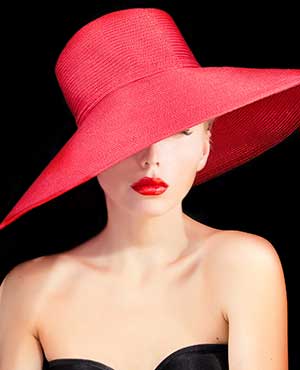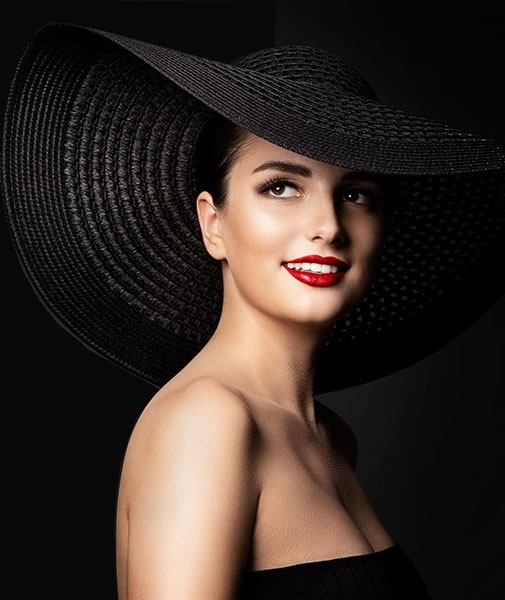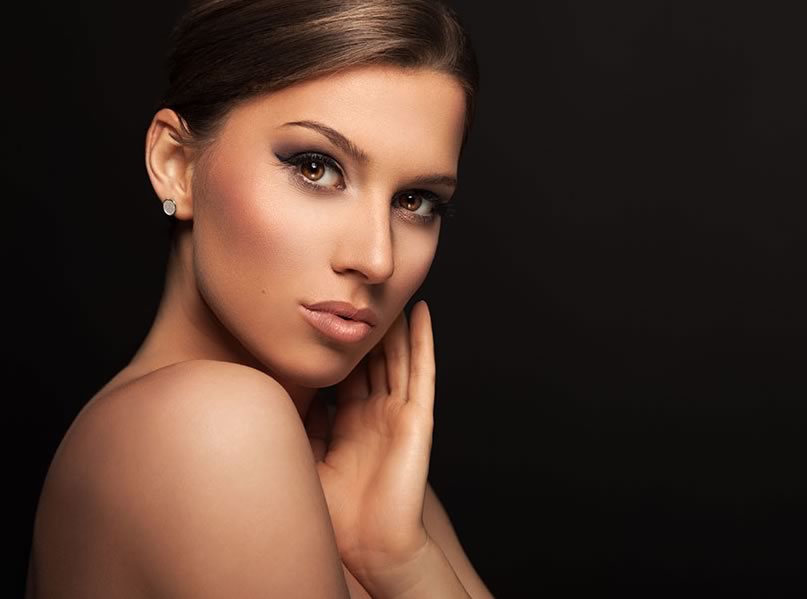 Since Dr. Orlando Cicilioni of Orlando Cosmetic Surgery specializes in Breast Surgery, we feel Fall is a very special time of year. We know the breast cancer awareness programs are soon beginning. We do not wait for the pink ribbons of October to practice breast cancer awareness. We are awareness advocates all year round.
Since Dr. Orlando Cicilioni of Orlando Cosmetic Surgery specializes in Breast Surgery, we feel Fall is a very special time of year. We know the breast cancer awareness programs are soon beginning. We do not wait for the pink ribbons of October to practice breast cancer awareness. We are awareness advocates all year round.
We believe that improved surgical techniques as well as public awareness have resulted in the rising number of breast reconstruction surgeries after mastectomies, in the United States. There is no doubt that this procedure helps a woman feel more whole in body, mind and spirit, after enduring the trauma of cancer and mastectomy.
In 2013, 95,589 thousand women elected to have reconstructive surgery after mastectomy. This statistic is up from 2012’s number, 91,655, but much higher than the 78,832 of 2000.
This is why we have chosen a very special topic this week, in regards to breast cancer reconstruction. We will acquaint you with some of the various options available your surgeon in regard to incisions and techniques in your breast reconstruction surgery. You will undoubtedly discuss these options with your surgeon. The below descriptions are simply introductory. Every case is different, and we are sure your doctor will make the recommendations you need depending on your case. Our goal today is introduce you to some of the basic vocabulary about the three most commonly used techniques for breast reconstruction surgery:
1. From the Tummy: The Tram Flap:
Often times a mastectomy or radiation leaves a patient without enough tissue on the chest to create a breast mound. Either a flap technique or tissue expansion will be your surgical options. A TRAM flap takes donor muscle, fat and skin from your abdomen to create a new breast mound.
“The flap may either remain attached to the original blood supply and be tunneled up through the chest wall, or be completely detached, and formed into a breast mound.”
Likewise your surgeon might do the DIEP or the GAP flap techniques which use skin and fat from your buttocks or tummy, but no muscle.
2. From the Back: The Latissimus Dorsi Flap
This technique imports muscle, fat and skin from the back. It is tunneled to the mastectomy site but maintains an intact blood supply. Usually, this will not provide the complete breast, but will provide tissue to beautifully support and cover your implant.
3. Nature’s Helpers: The Tissue Expanders
Suppose you want a different shape to your breast, or you want to add more swell or volume to your breasts, your best choice might be the use of tissue expanders. These can be applied during surgery much like breast implants. In fact, they look a lot like implants, but they have valves.

“butterfly” needle to contact the valve. This will continue several times over the coming four to six months.
Almost magically, your skin and tissue will gradually stretch and grow naturally into shape as the expanders are enlarged. Then your surgeon can remove them, during a second surgery, and replace them with your beautiful new permanent implants.
Click here to see a video of Dr.Orlando Cicilioni explaining each of these techniques in more detail. Sketched pastel diagrams will help you gain a clear mental picture of what techniques might be best for you.
At Orlando Cosmetic Surgery, cancer patients often visit us in advance of their cancer surgery, to discuss their reconstruction. Sometimes patients elect to have their mastectomy and reconstruction done at the same time. Other times, we see patients months or even years after the initial mastectomy surgery.
Ultimately, your body type, goals, lifestyle, age, and skin texture will all figure into the breast reconstruction options discussed by you and your surgeon.
In every patient’s case, Dr. Cicilioni blends his artistic technique, scientific knowledge, delicate touch, and compassion, to create the living sculpture of a woman’s feminine curves.







